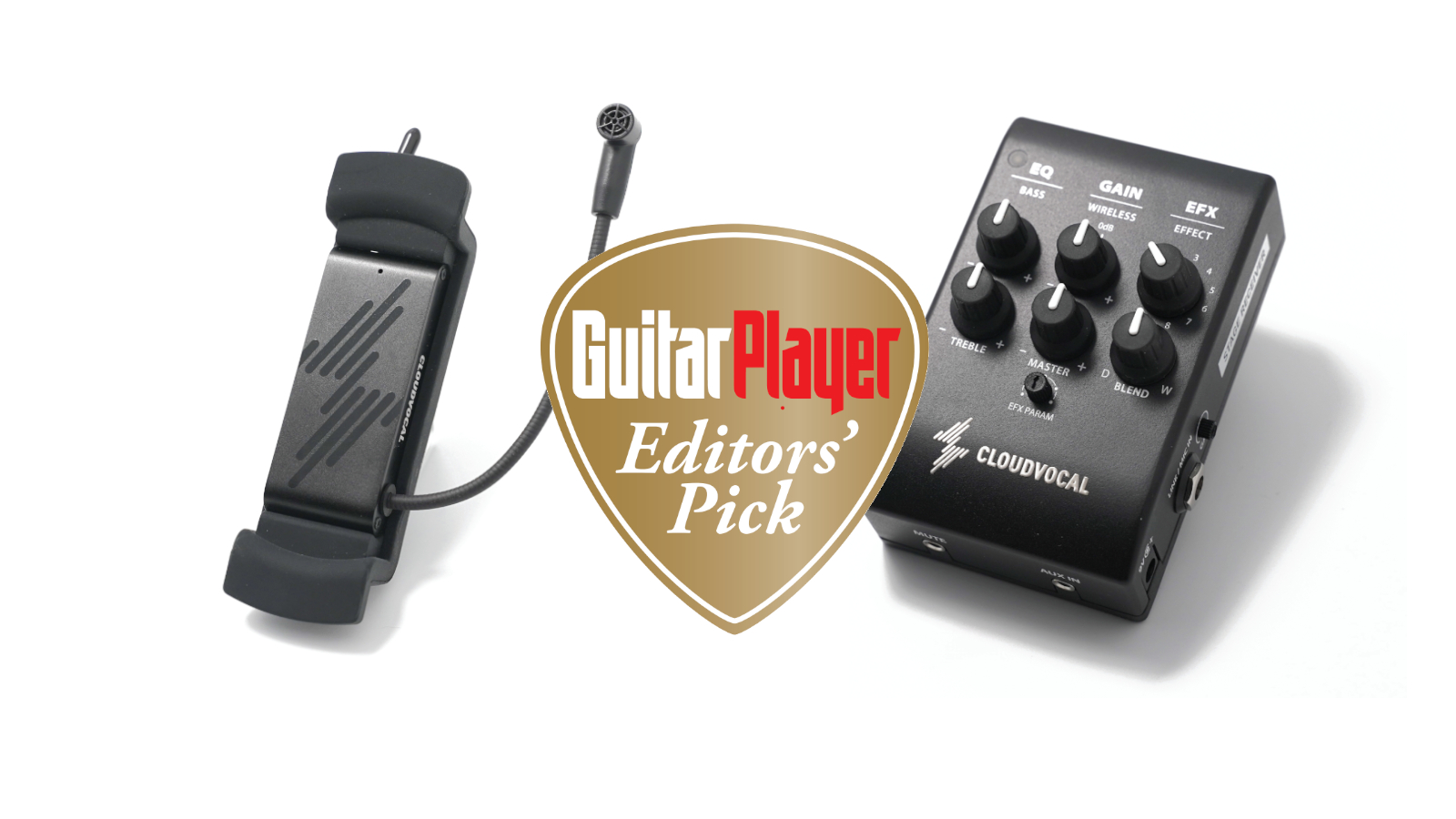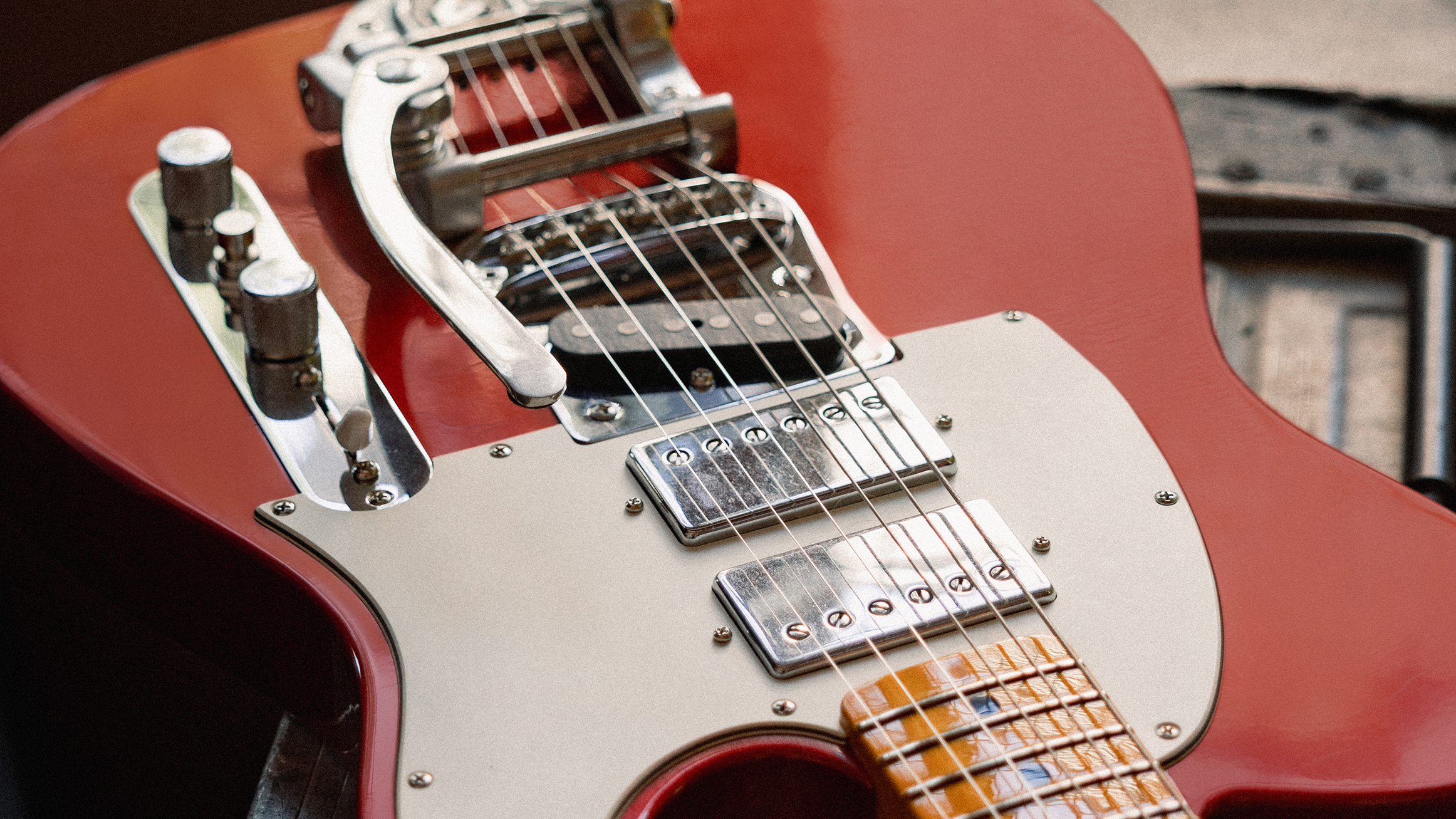GuitarPlayer Verdict
It’s a no-brainer to hand this modern invention so brilliantly designed to accommodate vintage instruments an Editors’ Pick Award.
Pros
- +
Innovative wireless design
- +
Authentic acoustic tone with effects
- +
No holes drilled
Cons
- -
Sound-hole cover/holder sizes limited
- -
Some feedback issues
- -
Effects blend leans on the wet side
You can trust Guitar Player.
How to powerfully amplify an acoustic stringed instrument from within without breaking into its body is one of the great challenges of the musical instrument industry, and CloudVocal offers a progressive solution.
CloudVocal makes an array of wireless instrument microphones, and the new for ’22 iSolo GT-10 is an exciting prospect.
It consists of a transmitter with a flexible mic that sits inside a silicon sound-hole saddle, and a receiver that integrates a preamp, EQ and extra inputs and effects.
Any and all guitars from classical to vintage become unleashed and viable to venture beyond home and studio boundaries.
As the owner of several such instruments, I was eager to test the new iSolo GT-10 system.
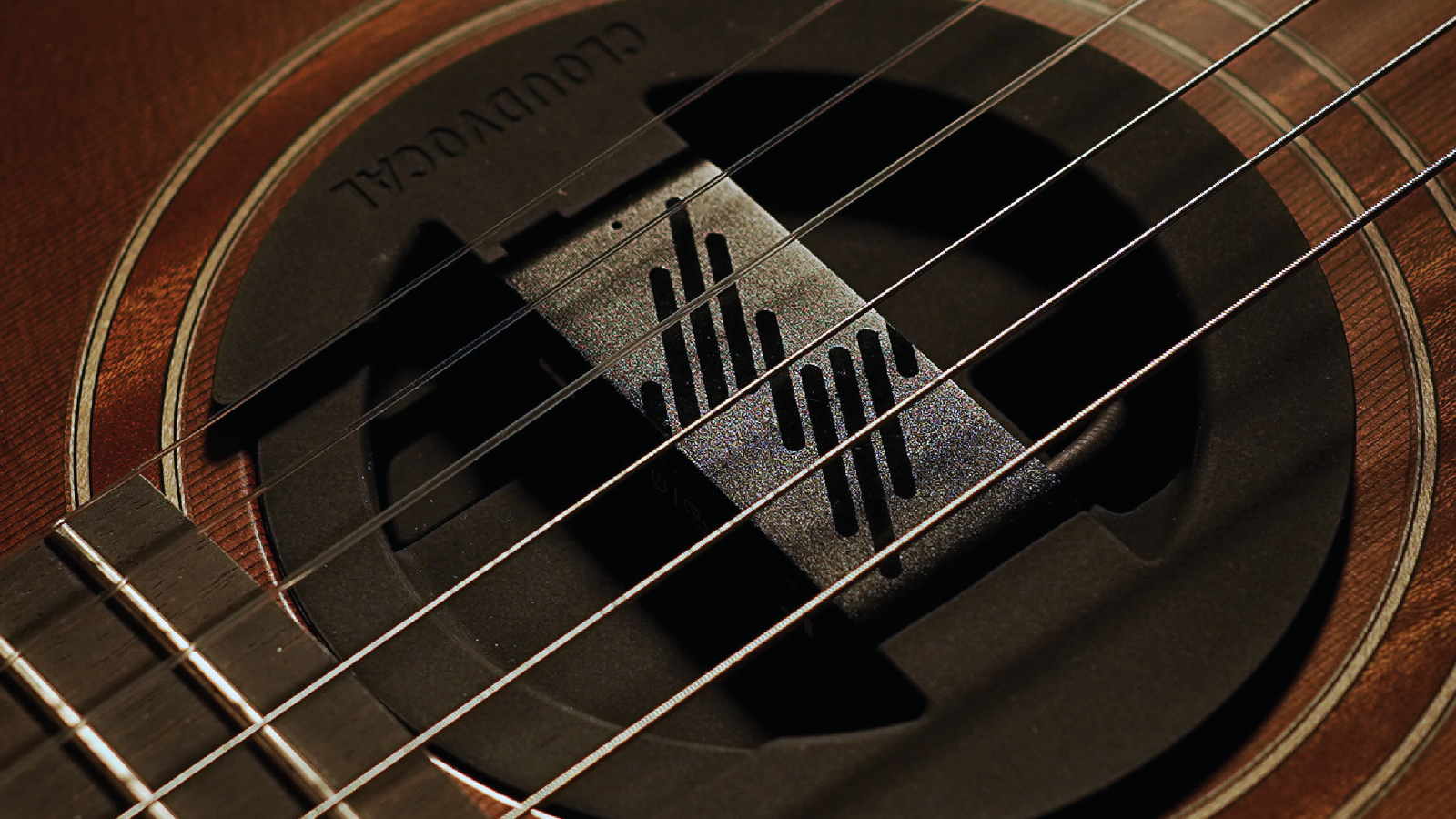
The mic sits at the end of a bendable stem attached to a metal transmitter that looks somewhat like a mini humbucker, and a second mic element is embedded at the base.
To be clear, there’s no pickup here, even though the full system can look like a magnetic sound-hole setup.
The iSolo GT-10 comes with four silicon accessories that fit in the sound hole: Two are holders with rectangular stands that look like sound-hole pickups, while the other two are full sound-hole covers.
All four devices have holes through which you feed the mic’s flexible stem.
There’s no pickup here, even though the full system can look like a magnetic sound-hole setup
I preferred the rectangular holders in low-volume situations, as they let me hear as much as of the acoustic sound resonating through the port as possible.
For stage purposes, the sound-hole cover option would be ideal at reducing feedback. The concept is brilliant, but I was disappointed that none of the four fit well in any of my three Martin guitars – an 00, 000 and OM – and only the larger cover was snug in my Gibson dreadnought.
To put the system in play, simply charge the transmitter, place it in the sound-hole and set up the receiver.
Plug it in via the included power adaptor, or to a power bank for fully wireless setup (very cool), attach the antenna and pair it via Bluetooth to the transmitter.
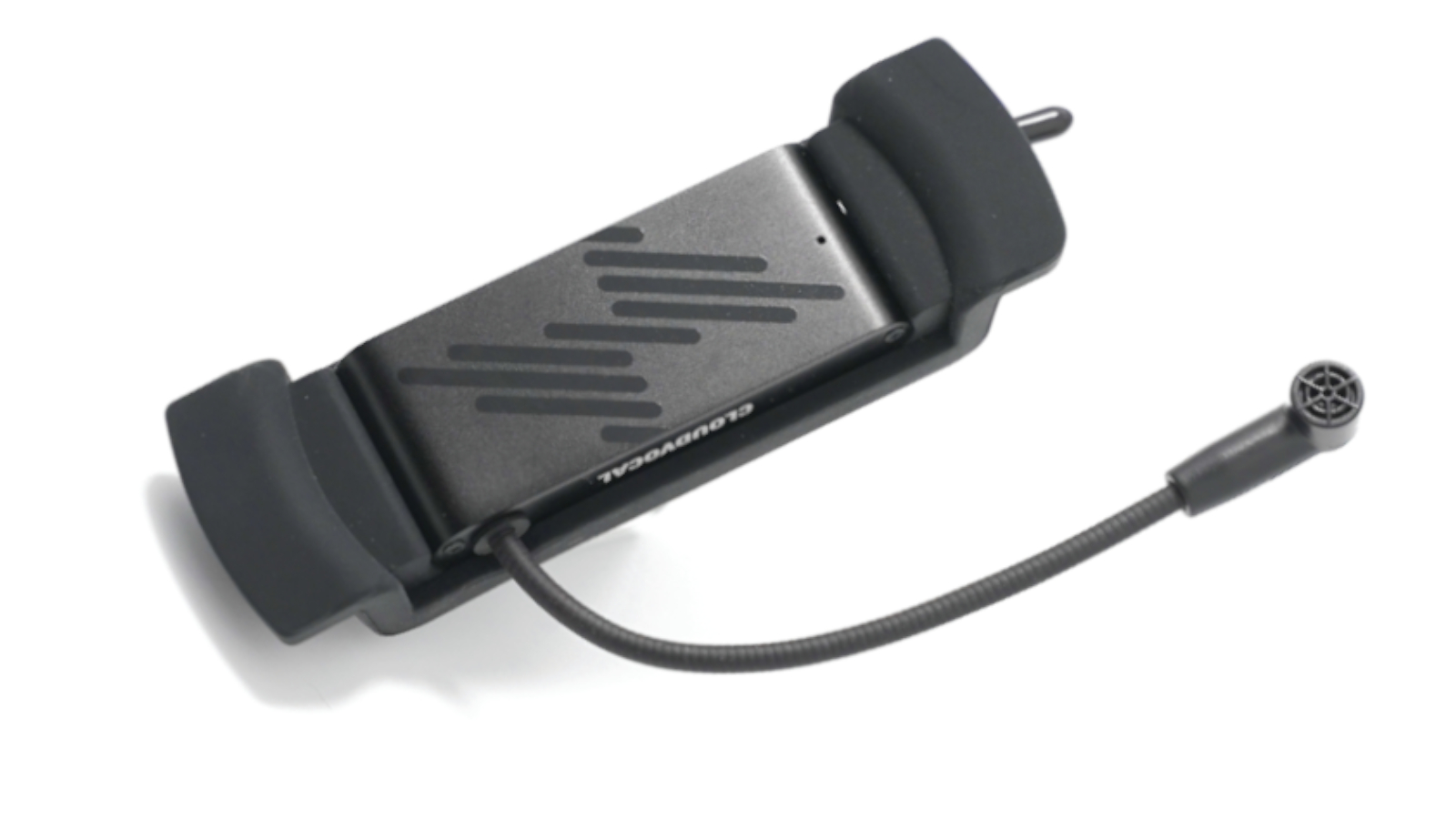
Everybody knows there’s nothing quite like a mic on acoustic guitars.
Ideally it would be positioned outside the instrument, but that’s not practical for this design and is limiting for a stage performer that doesn’t want to be glued to the same spot.
Pickups present their own challenges, and while most folks are fine with a piezo, a magnetic or both, many pros hate one or the other. (Ry Cooder pisses on piezos in this feature and admits to making compromises.)
Indeed, the CloudVocal iSolo GT-10 transmits the kind of realistic acoustic tone – harmonically rich and vibrant, with plenty of percussives – that only a quality microphone can deliver.
If you don’t want to drill holes in your instrument and prefer not to mess with cables, the CloudVocal system is pretty awesome
It was a revelation to hear my pure acoustic guitars amped up for the very first time through an L.R. Baggs Synapse Personal P.A.
In this article Lloyd Baggs himself talked about the challenges a mic faces on the inside of a guitar, which he compared to a trash can.
There are always feedback issues, and I encountered some here. That’s why there are many dual systems that utilize a pickup in conjunction with a mic.
But if you don’t want to drill holes in your instrument and prefer not to mess with cables, the CloudVocal system is pretty awesome.
It takes a bit of finger wrangling to get that flexible stem positioned to where it sounds best and doesn’t feed back much, but once you get there, it’s a joy.
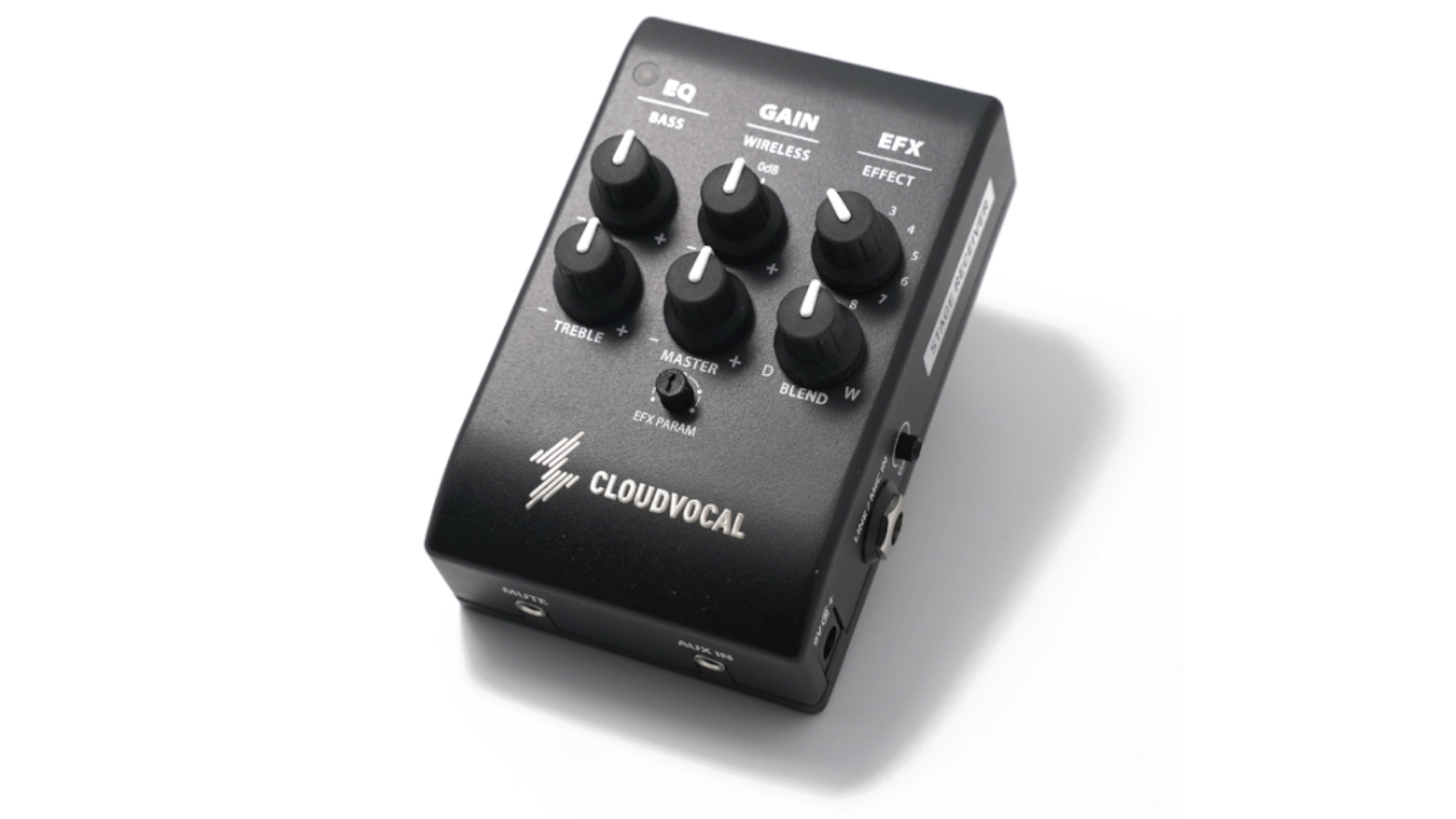
The pure acoustic sound is at the fore, bolstered by the amplified ambience coming from the speaker
And then there are the effects.
How very cool it is to be able to put some ambience on that true acoustic tone.
But be careful, because the effects here are rather prominent, even with the blend knob set almost dry.
I was absolutely tickled to hear my pristine acoustics resonating up close while the amp with its effects was on the other side of the room.
In that setting, it was somewhat similar to the sound you get from the kind of actuator-induced, internally generated effects that are so hip on the Lava ME 3.
In this case, the pure acoustic sound is at the fore, bolstered by the amplified ambience coming from the speaker at its preferred distance.
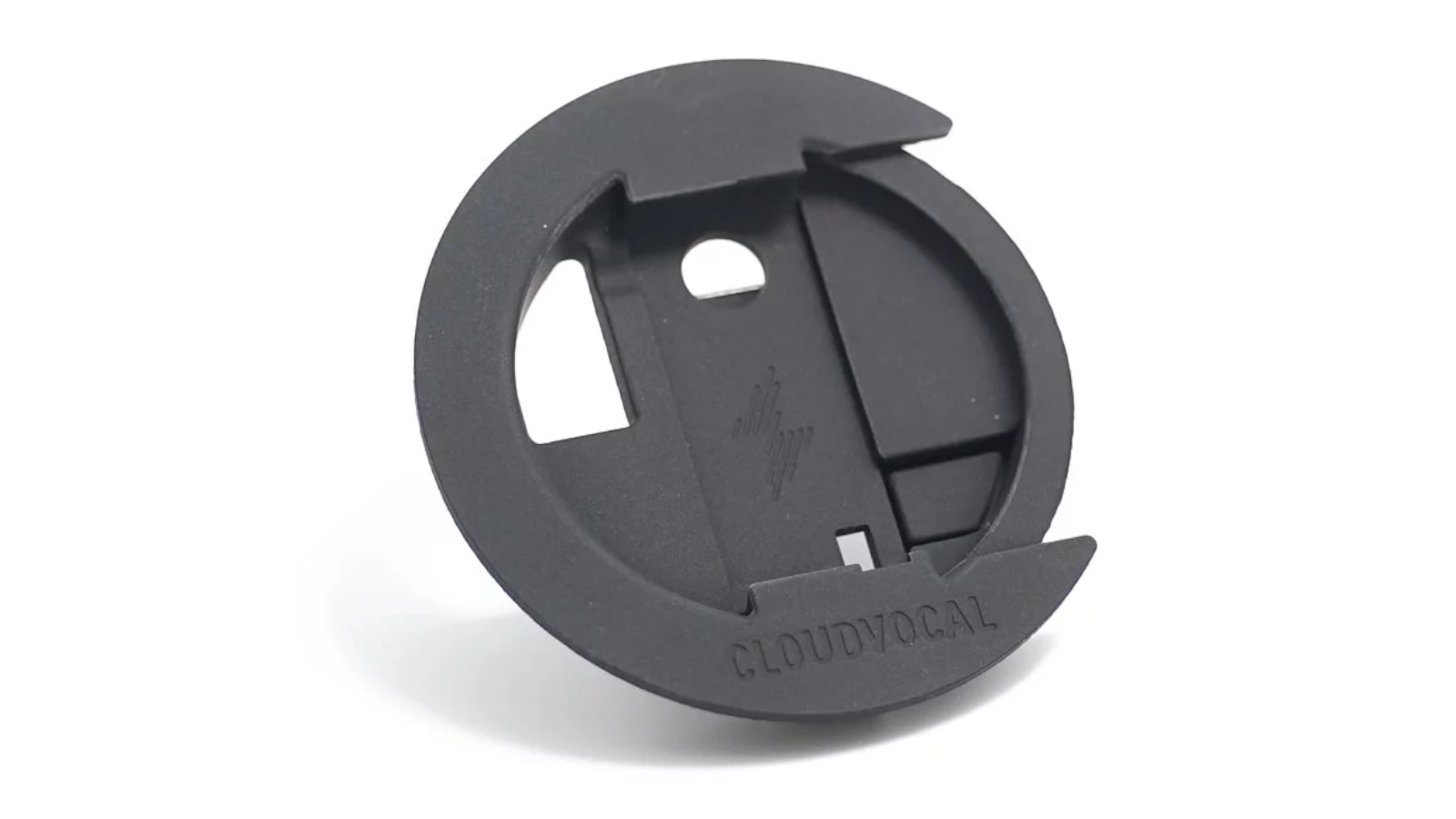
If you have acoustic guitars you want to hear amplified with effects, without compromising the instrument’s integrity or sound quality, I highly recommend checking out the CloudVocal iSolo GT-10 Wireless System.
This kind of electronic innovation in the acoustic realm is thrilling, and I can’t wait to see what the Taiwanese company comes up with in the future.
An electronic anti-feedback option would be welcome, as would a transmitter that also acts as a magnetic pickup, creating a dual wireless system.
In the meantime, it’s a no-brainer to hand this modern invention so brilliantly designed to accommodate vintage instruments an Editors’ Pick Award.
Specifications:
- TRANSMITTER: Dual capsule cardioid condenser mic, USB charging terminal, charging/power indicator, power/pairing button and indicator, preamp gain switch low/ mid/high
- WIRELESS: 2.4 GHz ISM band w/smart auto frequency hopping, range 50 feet (normal) to 100 feet (boost on), latency 10ms (normal) to 20ms (boost), frequency response 10–20kHz (normal) 10–16kHz (boost) system THD+noise <.05% (1kHz@-10dB FS)
- RECEIVER: I/O line/mic input (TS or TRS), DI/ line out, (unbalanced via TS or balanced via TRS to XLR cables included), antenna stem, 3.5mm TRS sync out and sync in for connecting up to three units, 3.5mm mute in for foot switch (not included), 3.5 mm TRS aux-in for backing tracks, DC input (7–9V USB, power adaptor included)
- CONTROLS: Bass +/-6dB @200Hz (shelf type), treble +/-6dB @2000Hz (shelf type), gain wireless mic +/-6dB, master volume, effect (room/hall/arena/delay/delay+verb/ shimmer/chorus/flange), blend (dry to wet), EFX param adjust, range (normal/boost), line/mic gain (0–40dB), mic power indicator (blue/green/red)
- BATTERY: lithium, 5- to 7-hour life (range normal to boost)
- BUILT: Taiwan
Visit the CloudVocal website for more information.
- Start recording with the best acoustic guitar mics
Jimmy Leslie has been Frets editor since 2016. See many Guitar Player- and Frets-related videos on his YouTube channel, and learn about his acoustic/electric rock group at spirithustler.com.
"The only thing missing is the noise from the tape loop." We review the Strymon EC-1 Single Head dTape Echo, a convincing take on a very special vintage tube Echoplex
A gigantic $360 off Positive Grid's celebrated BIAS amp sim software may have just put the nail in the coffin of my beloved valve combo
